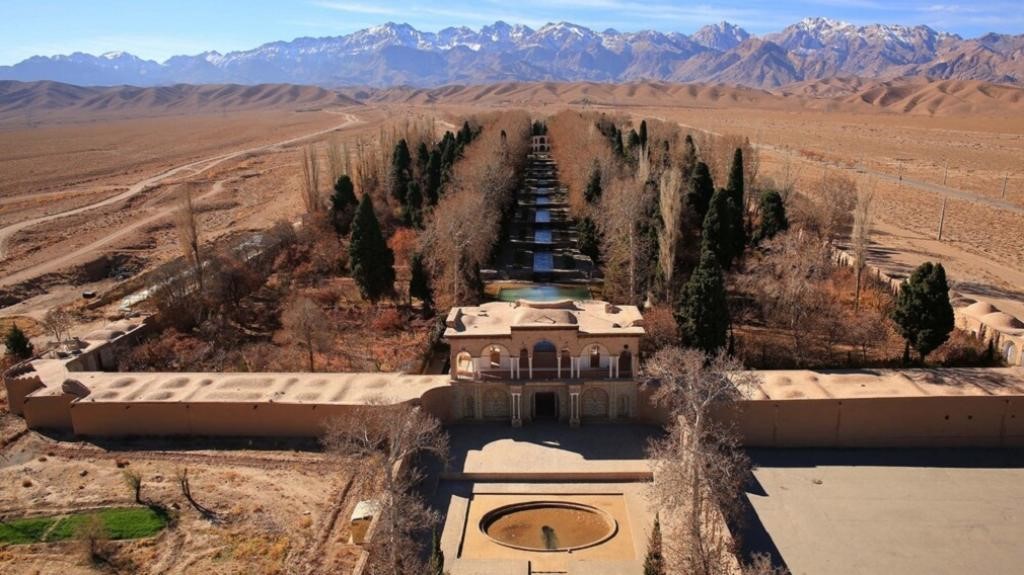Free Courses Sale ends Soon, Get It Now


Free Courses Sale ends Soon, Get It Now



Disclaimer: Copyright infringement not intended.
Context
Qanat System:
Key Components:
Qanat Shaft (Mother Well):
Underground Channels:
Access Shafts (Kareez):
Terminal Well:
Advantages of Qanat System:
Conservation of Water:
Temperature Regulation:
Sustainable Agriculture:
Community-Based Management:
Environmental Resilience:
Historical Significance:
Challenges:
Global Spread:
Why is it not being more widely used?
Why should the system be used more widely?
Conclusion:
|
PRACTICE QUESTION Question: Which of the following statements accurately reflects one of the key advantages of the Qanat system, as highlighted in the provided context? A. Conservation of water through reduced evaporation and seepage B. Utilization of modern water supply systems for sustainability C. Support for human settlement through extensive irrigation of deserts D. Minimization of groundwater extraction through electric pumps Answer: A. Conservation of water through reduced evaporation and seepage Explanation: The context mentions that one of the key advantages of the Qanat system is the significant reduction of water loss through evaporation and seepage. This reflects the system's efficiency in conserving water, making option A the accurate statement. The Qanat system doesn't rely on electric pumps, as mentioned in option B, and while it supports sustainable agriculture and human settlement, the specific advantage related to water conservation is highlighted in option A. Option C incorrectly suggests extensive irrigation of deserts, which is not explicitly mentioned in the context. Option D is also incorrect as it misrepresents the Qanat system's reliance on gravity, not electric pumps. PRACTICE QUESTION Question: What is the Qanat system, and how does it contribute to water management? Choose the correct statement(s) from the options below: A) The Qanat system is an ancient agricultural technique used for crop irrigation, originating in ancient China. B) Qanats are underground tunnels that tap into groundwater sources and transport water to the surface for various purposes. C) The Qanat system is primarily associated with the Inca civilization and played a crucial role in their advanced agricultural practices. D) The Qanat system relies on windmills to pump water from underground aquifers to the surface, facilitating irrigation in arid regions. E) Qanats have been historically employed in regions such as Iran, North Africa, and the Middle East, showcasing their significance in water management. Choose the correct combination:
The correct combination is:
Explanation: A) Incorrect - The Qanat system does not originate from ancient China. It is associated with regions such as Iran, North Africa, and the Middle East. B) Correct - Qanats are underground tunnels that tap into groundwater sources and transport water to the surface for various purposes, including irrigation. C) Incorrect - The Qanat system is not primarily associated with the Inca civilization; it has historical roots in the Middle East and other arid regions. D) Incorrect - The Qanat system does not rely on windmills; it uses a gravity-driven system to bring groundwater to the surface. E) Correct - Qanats have been historically employed in regions such as Iran, North Africa, and the Middle East, showcasing their significance in water management. |
© 2024 iasgyan. All right reserved